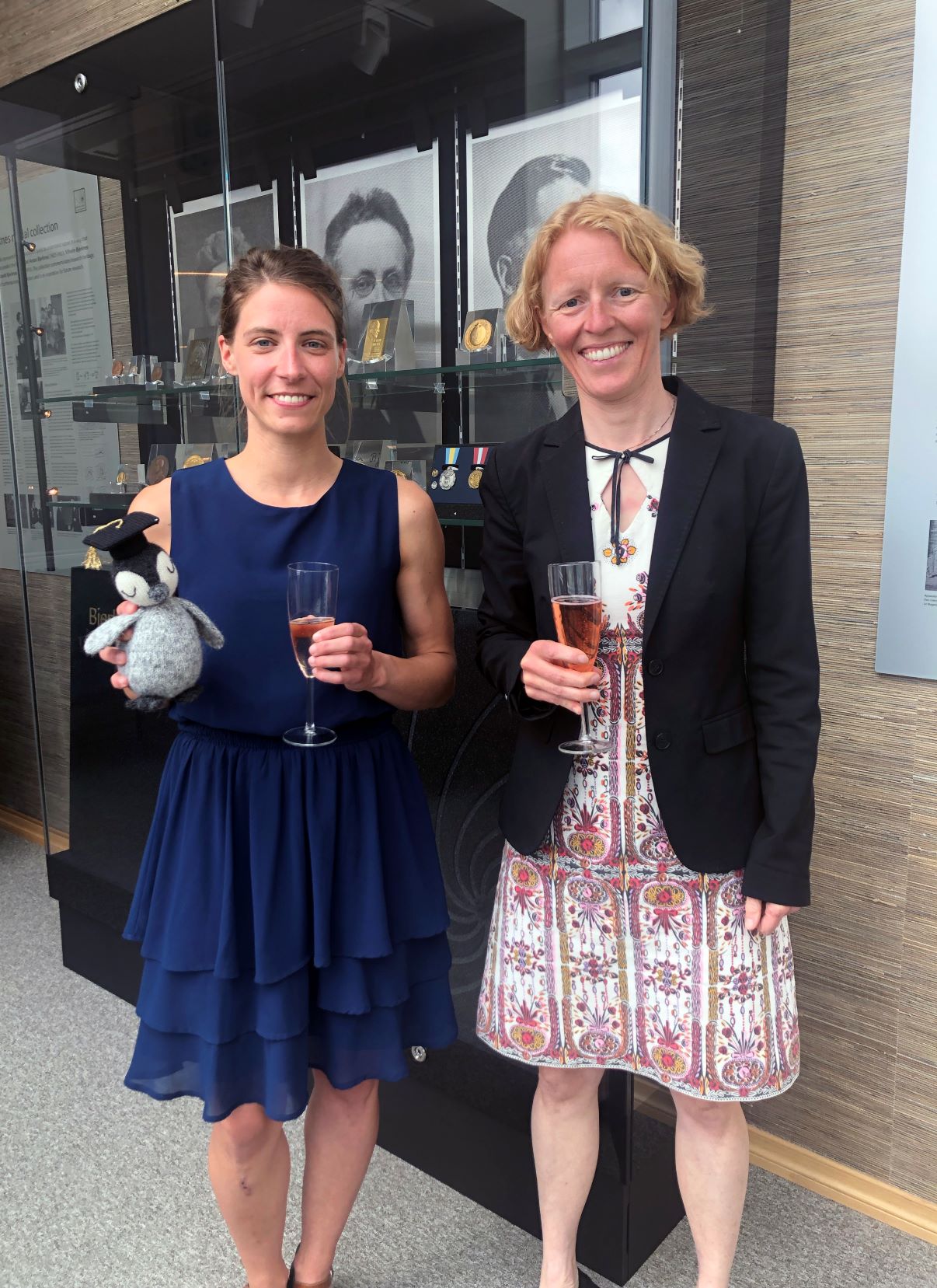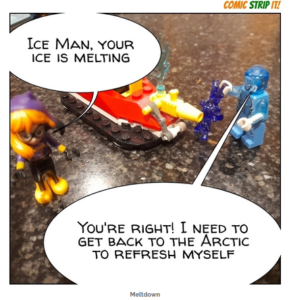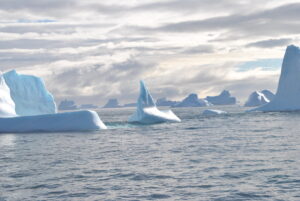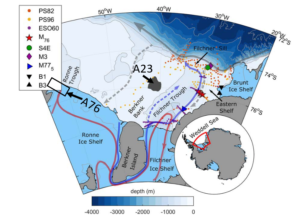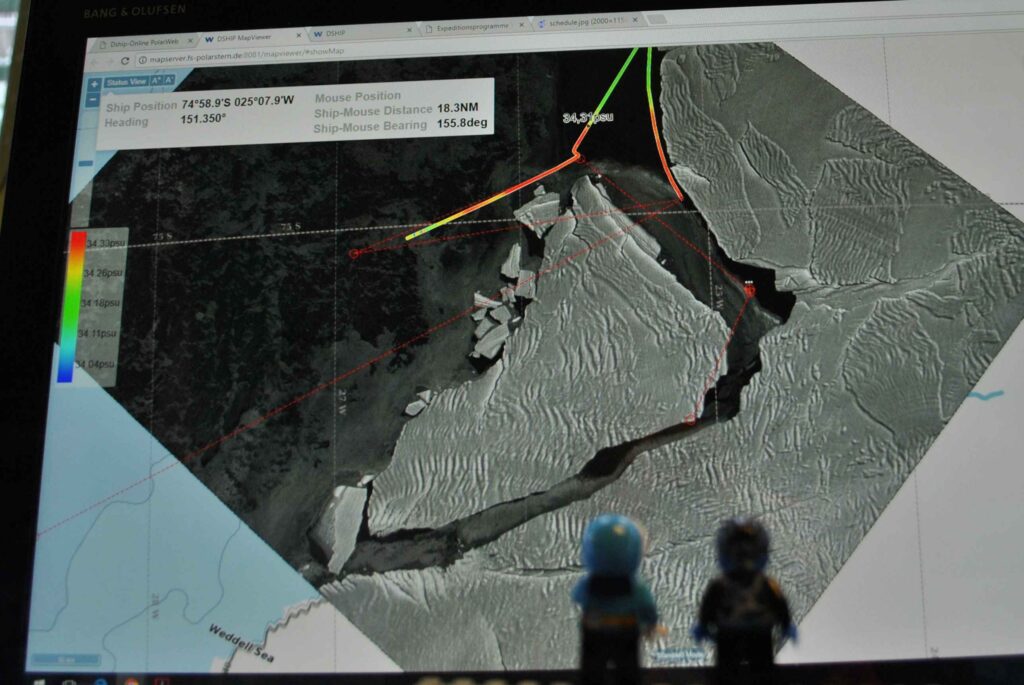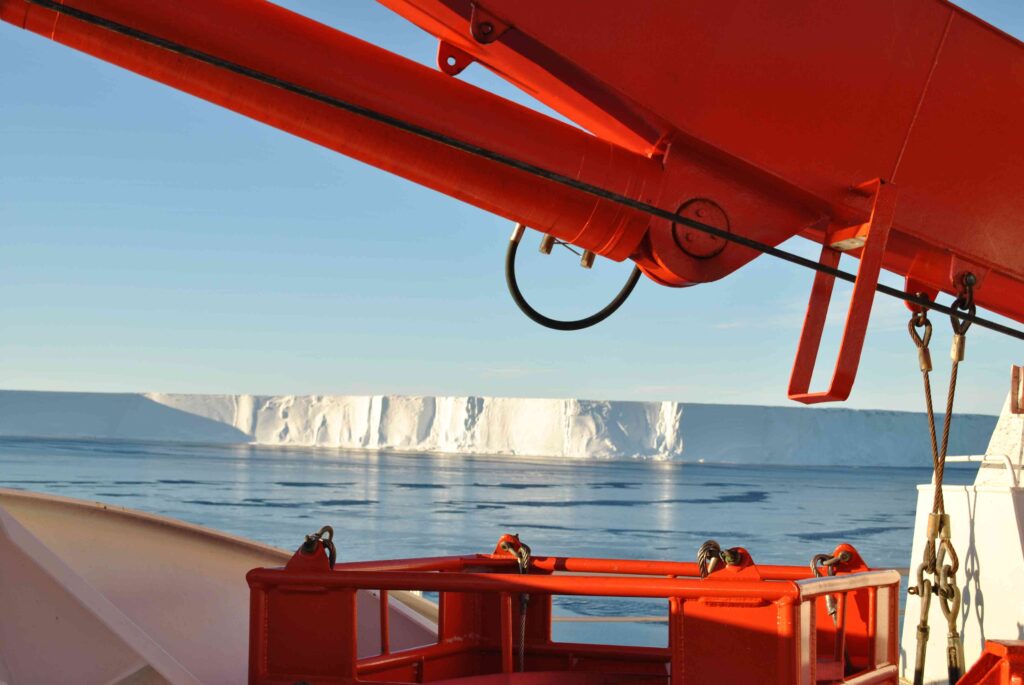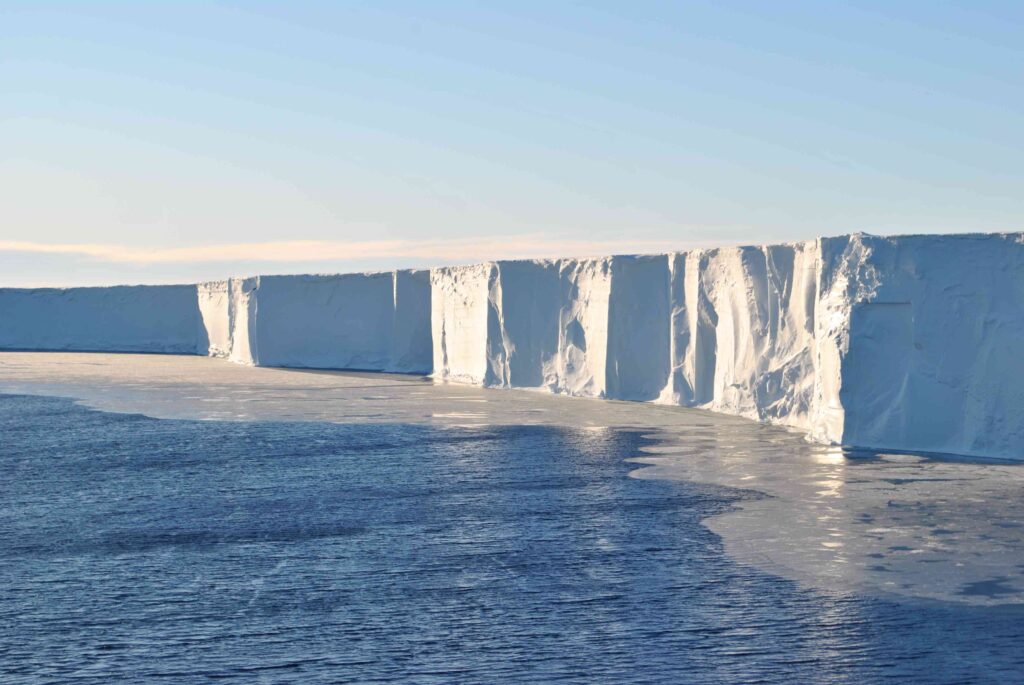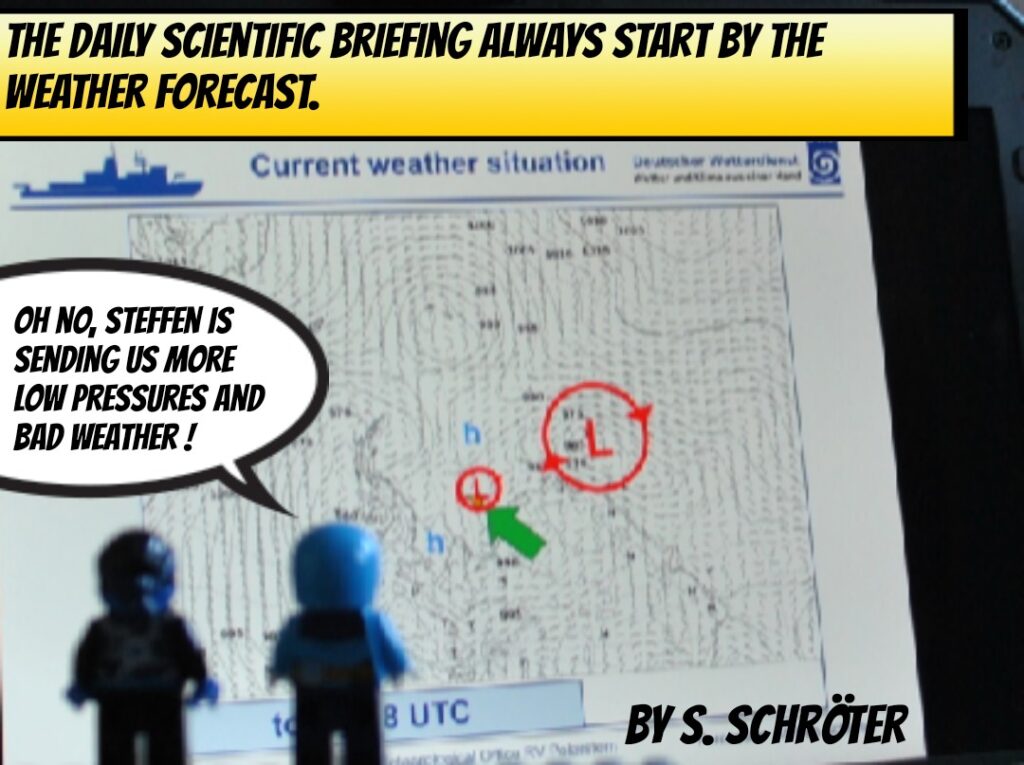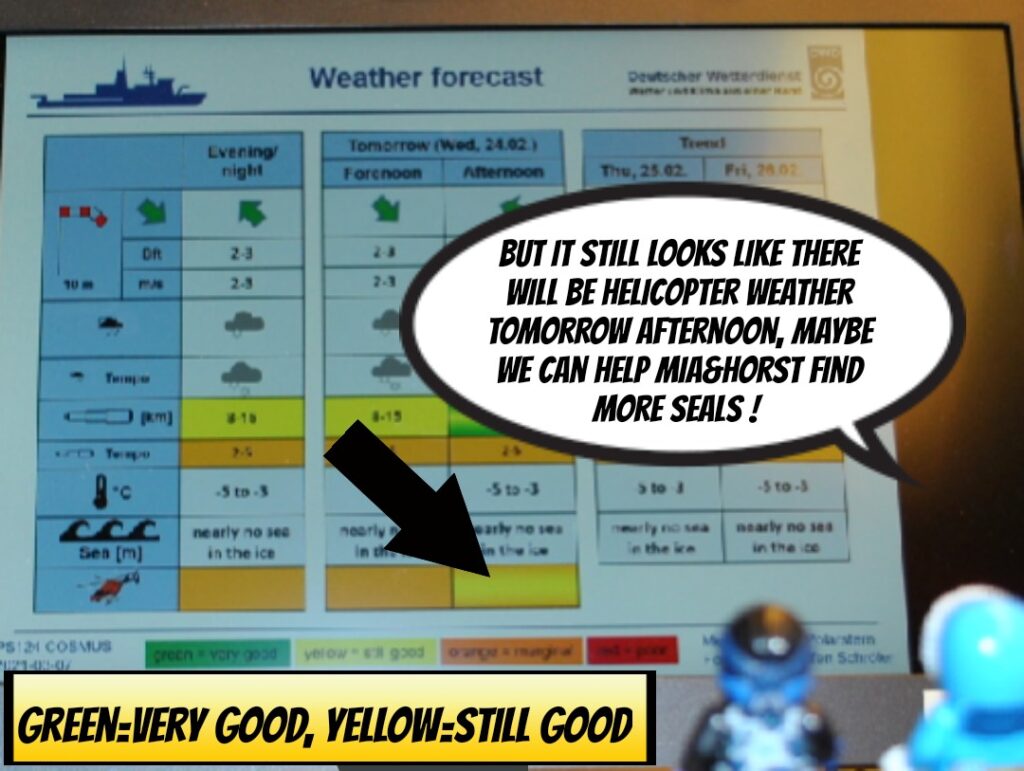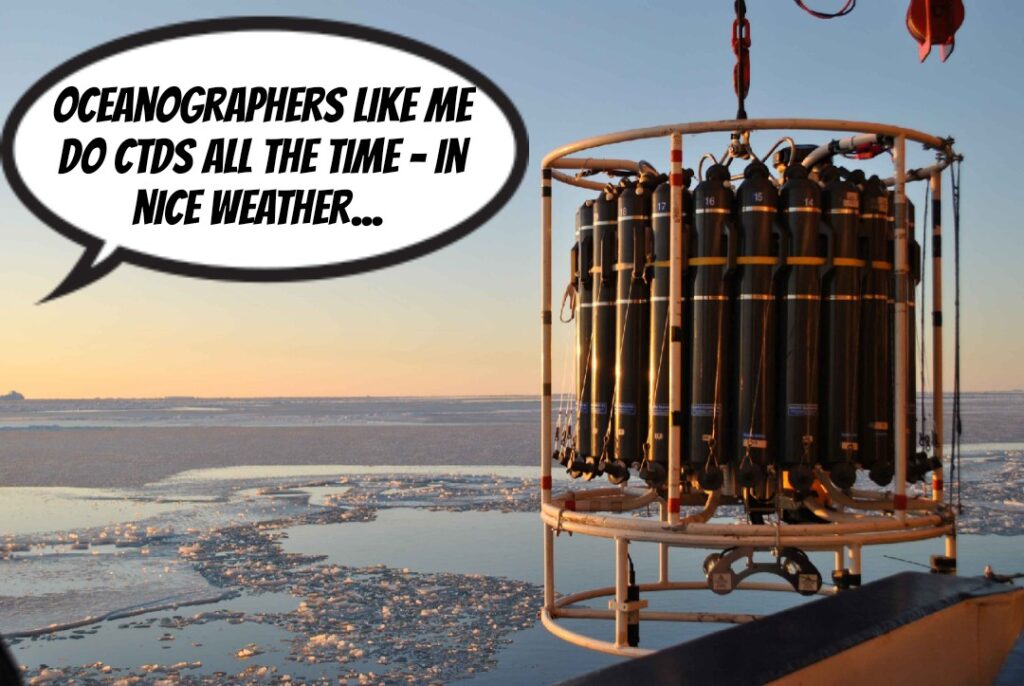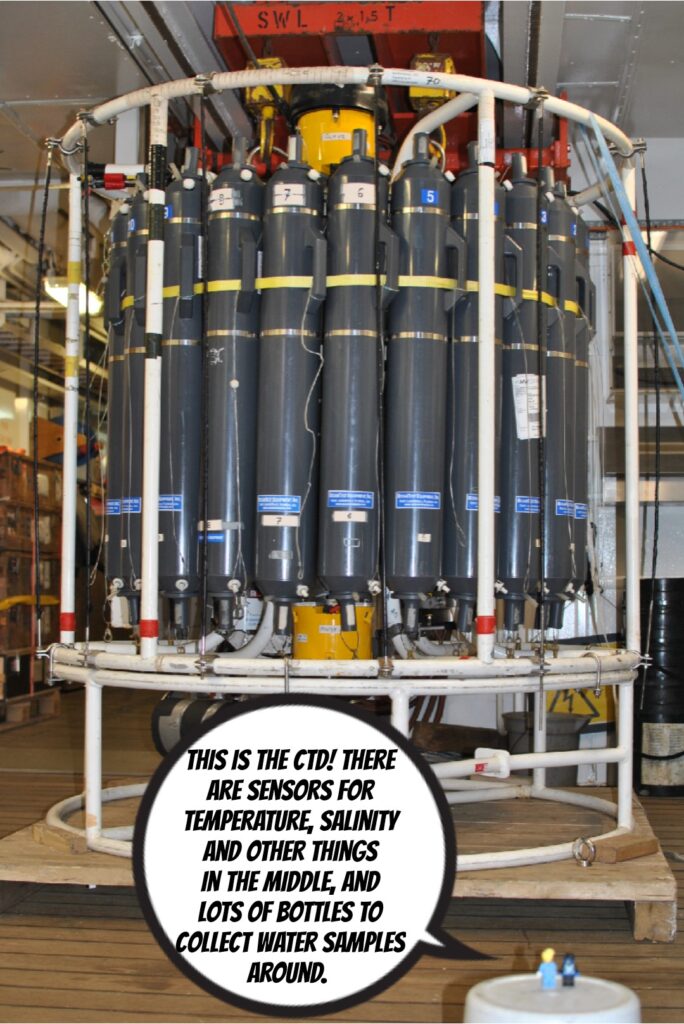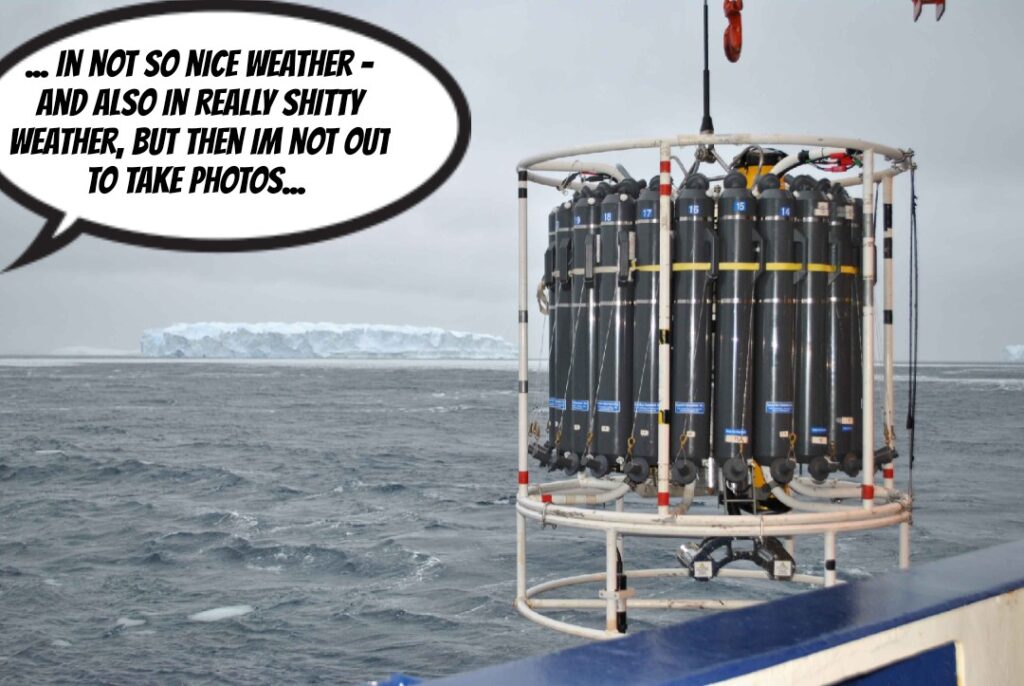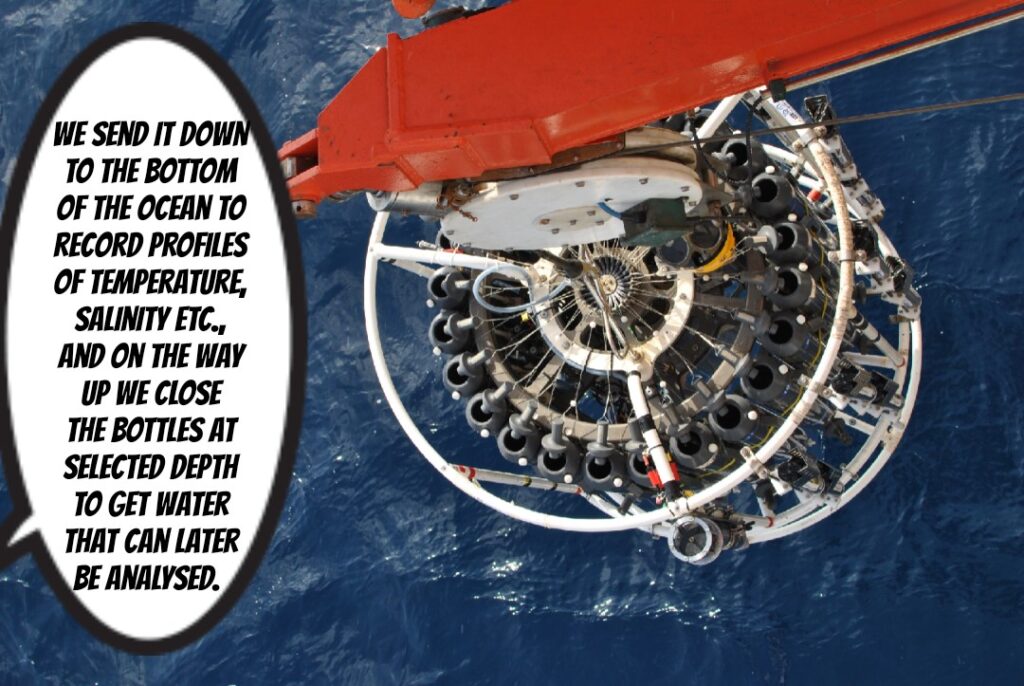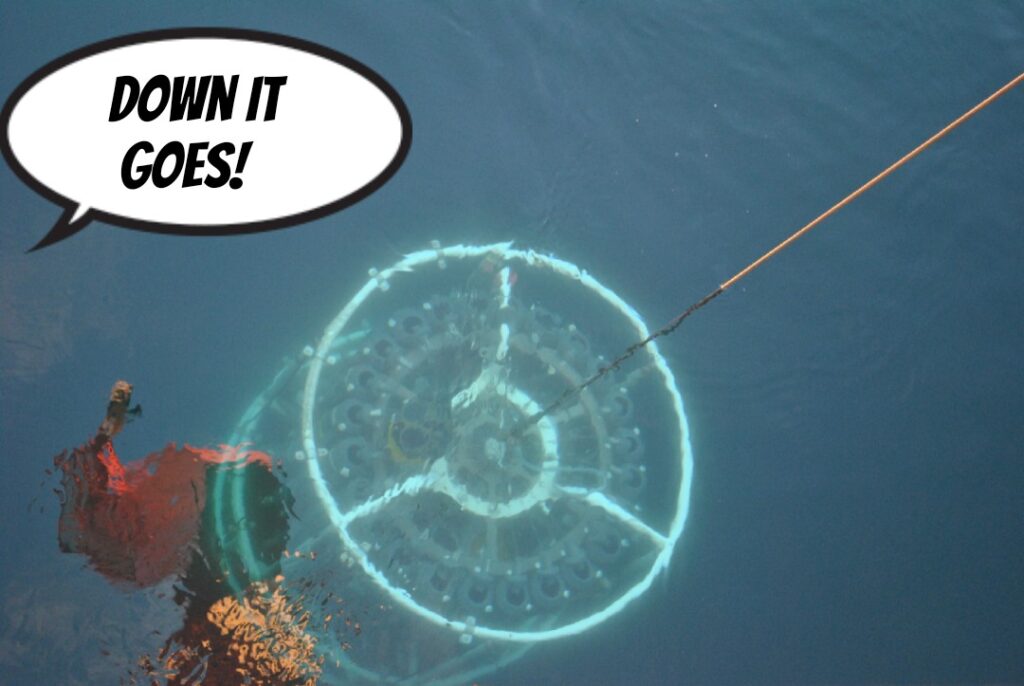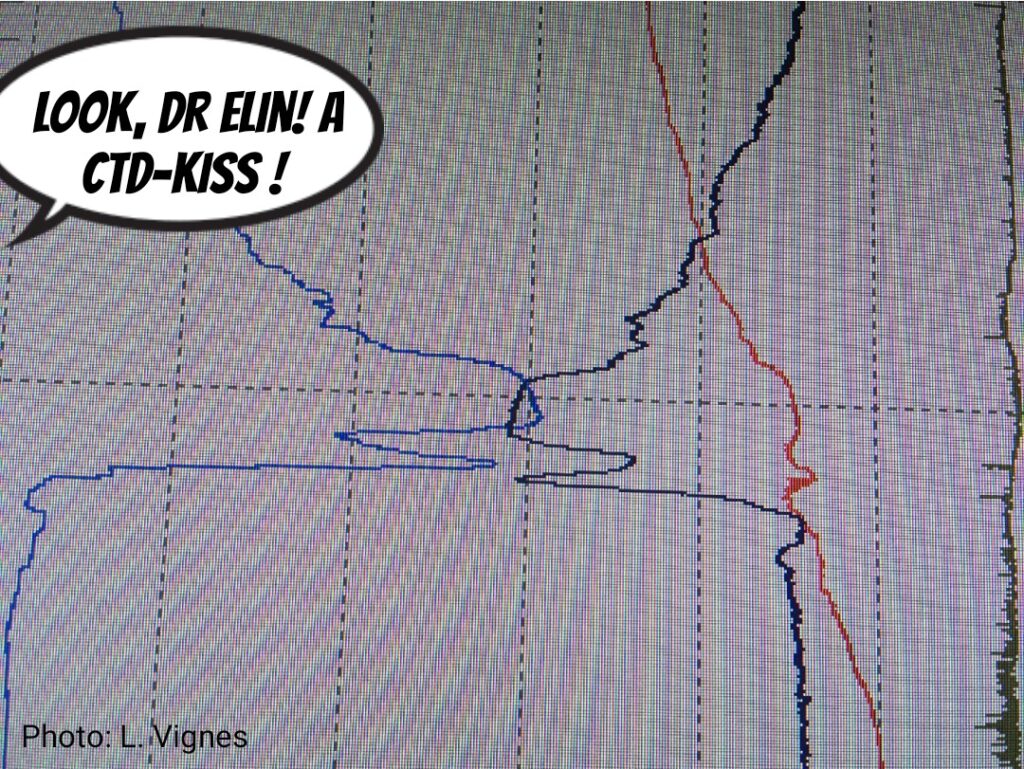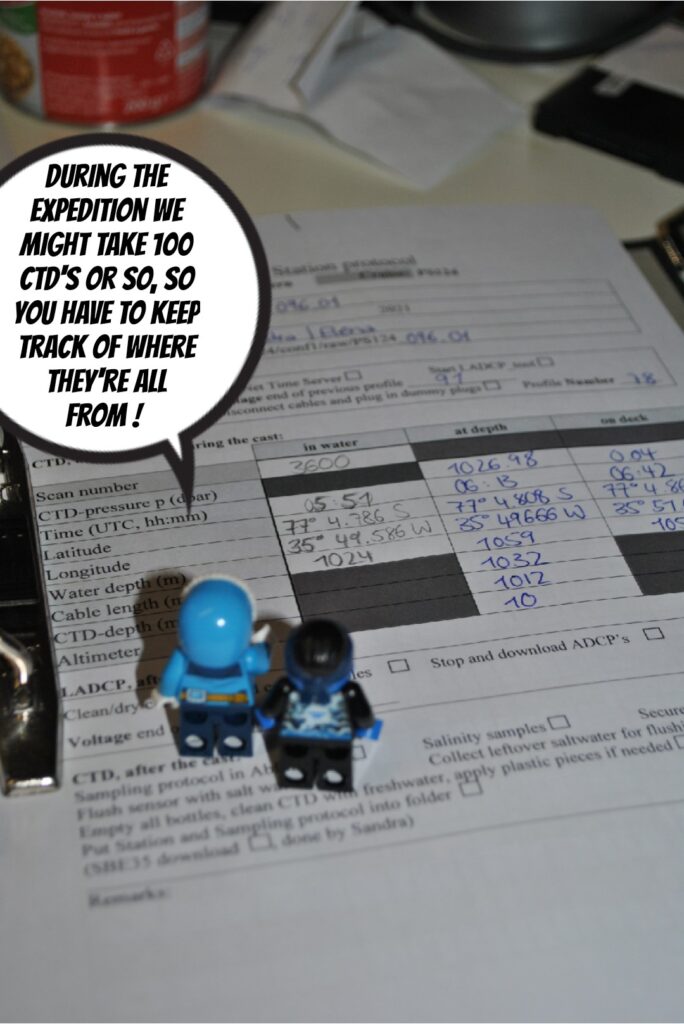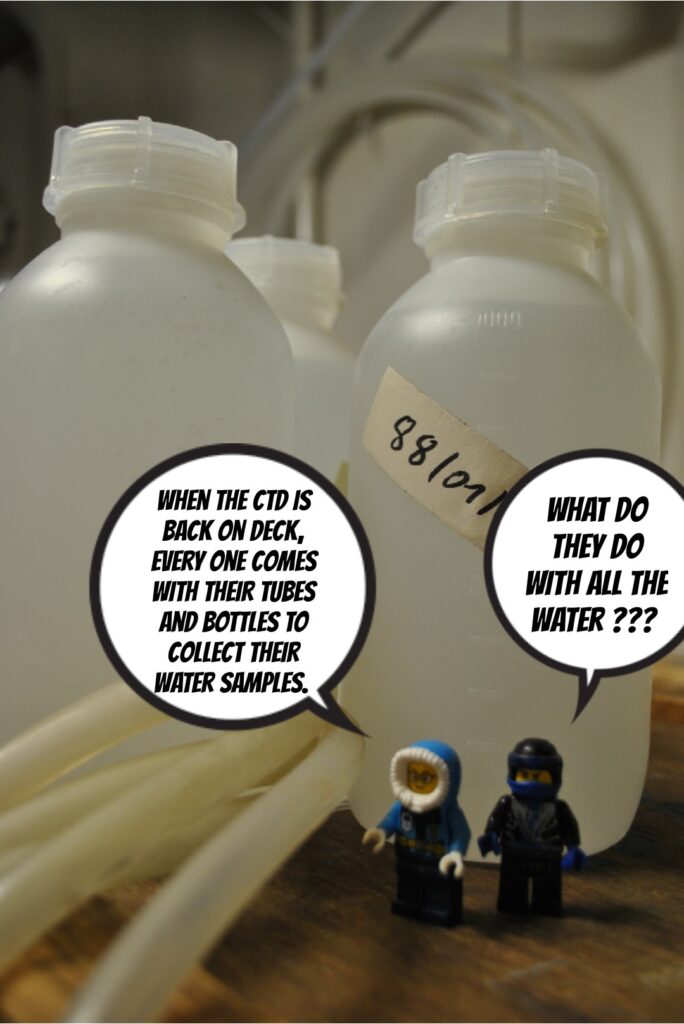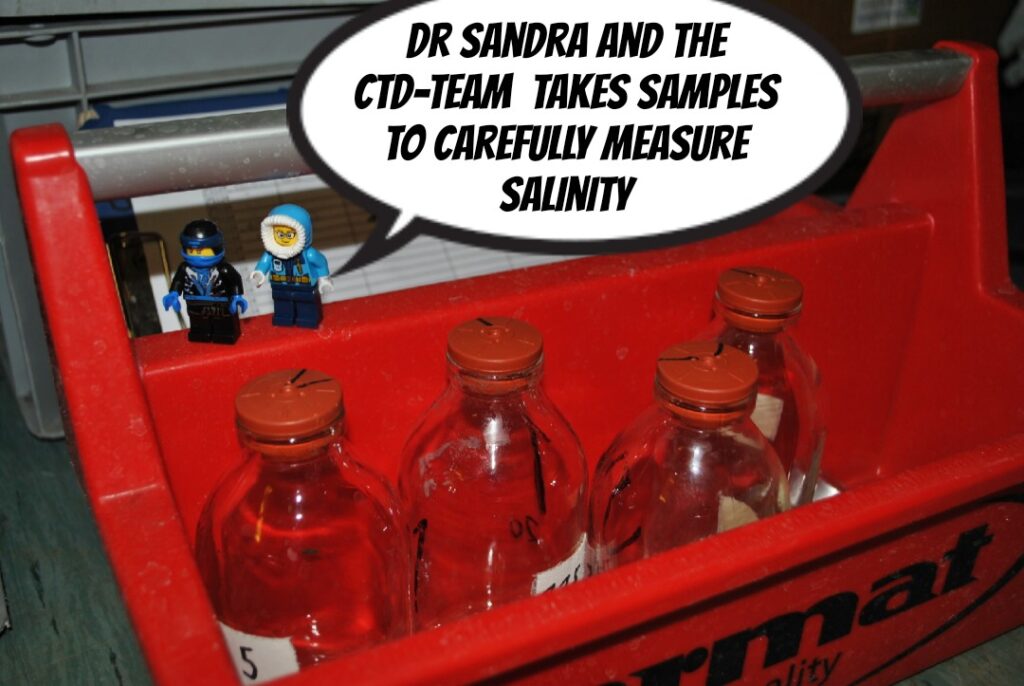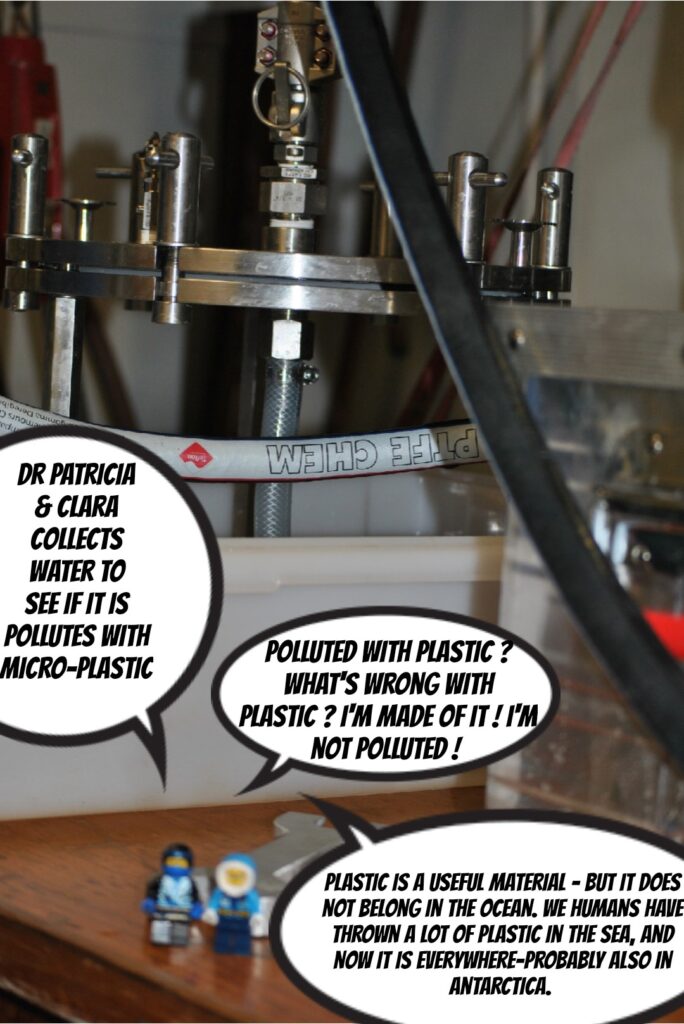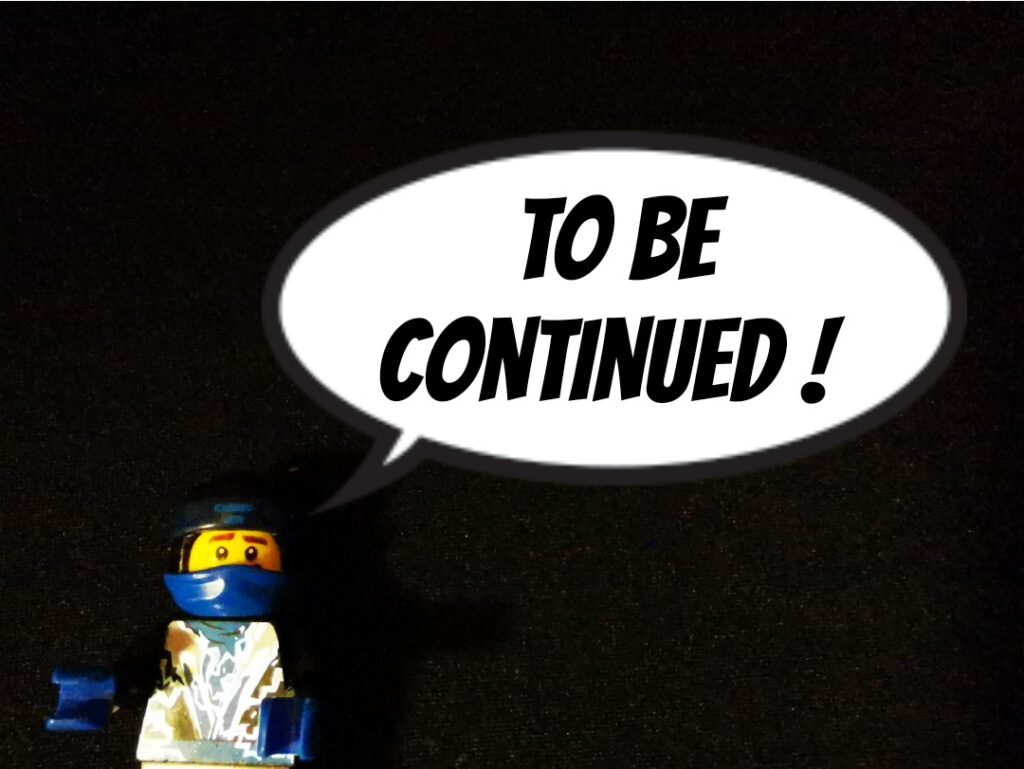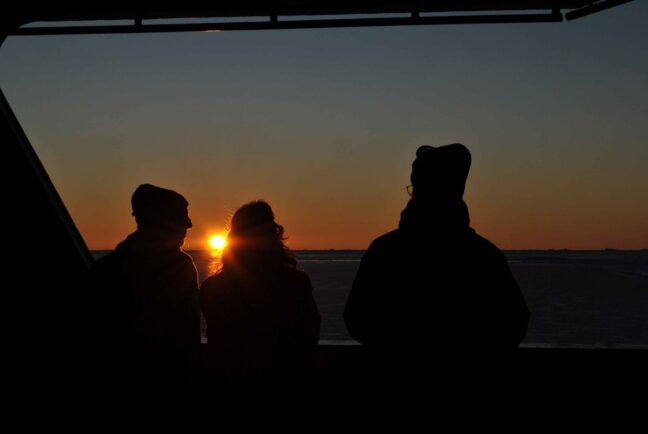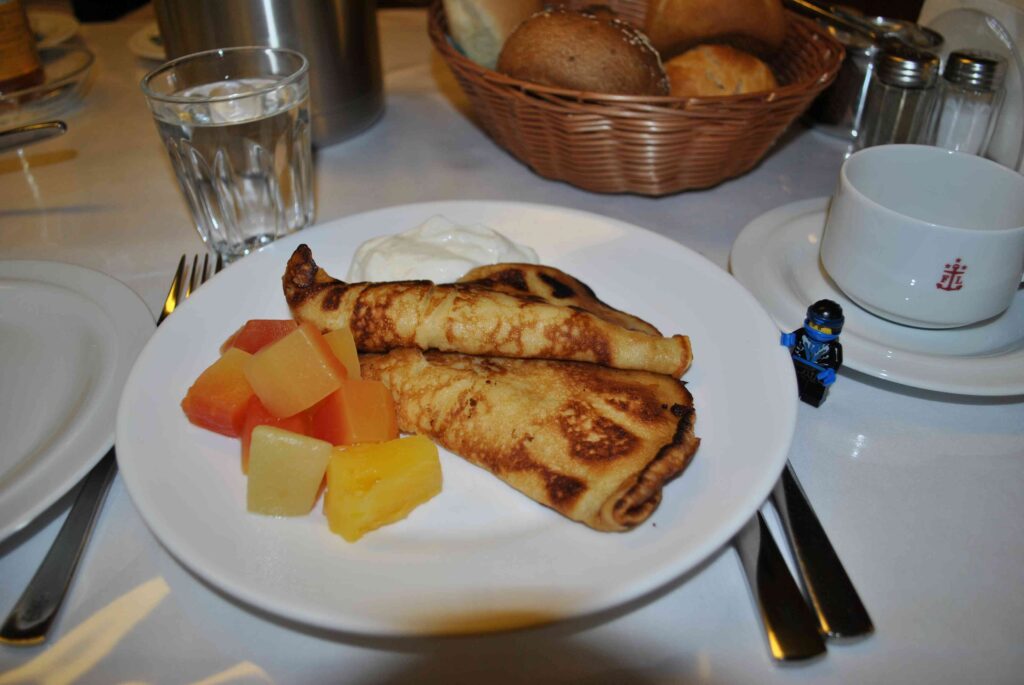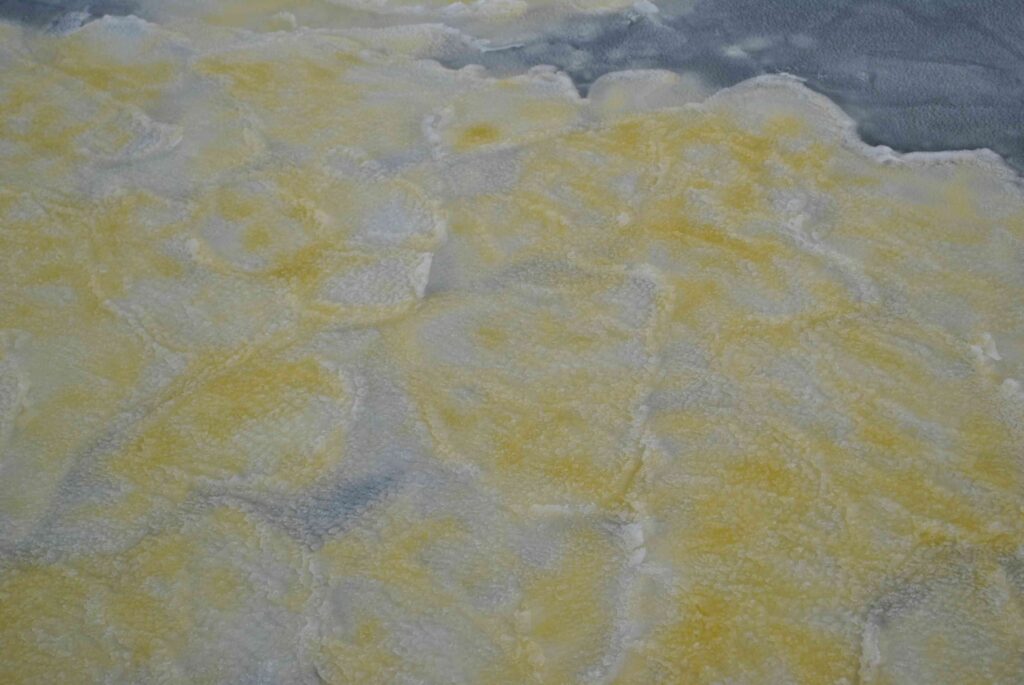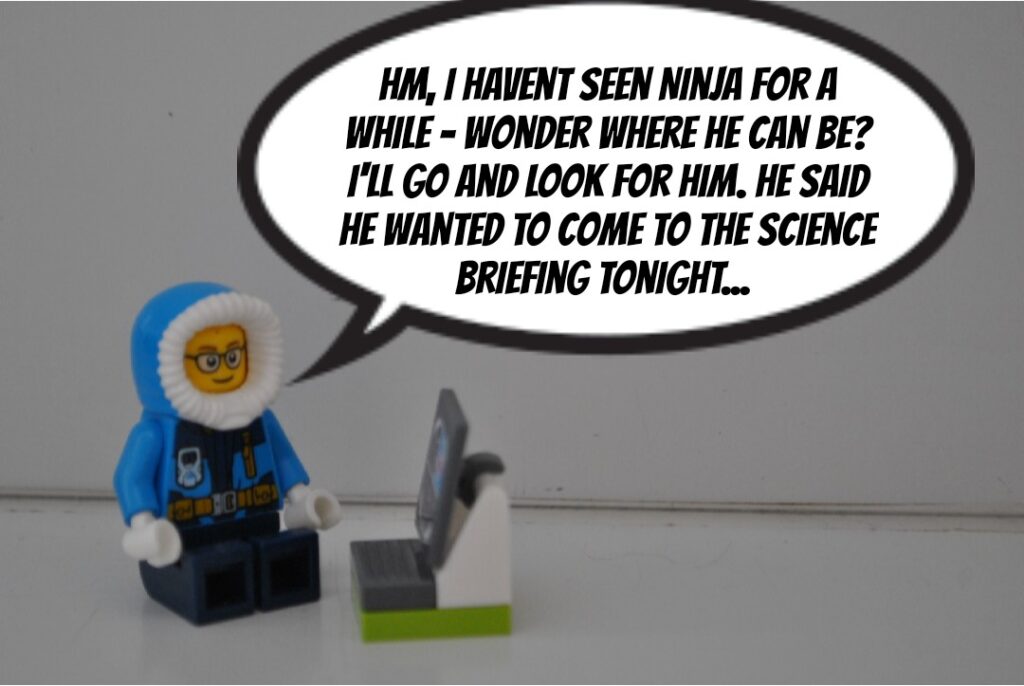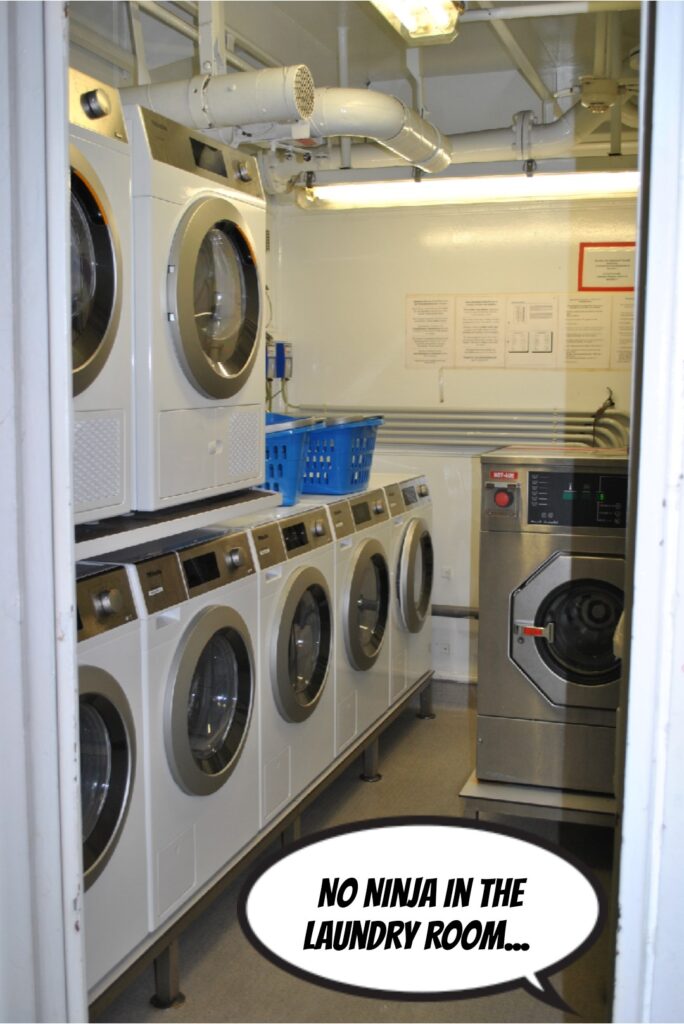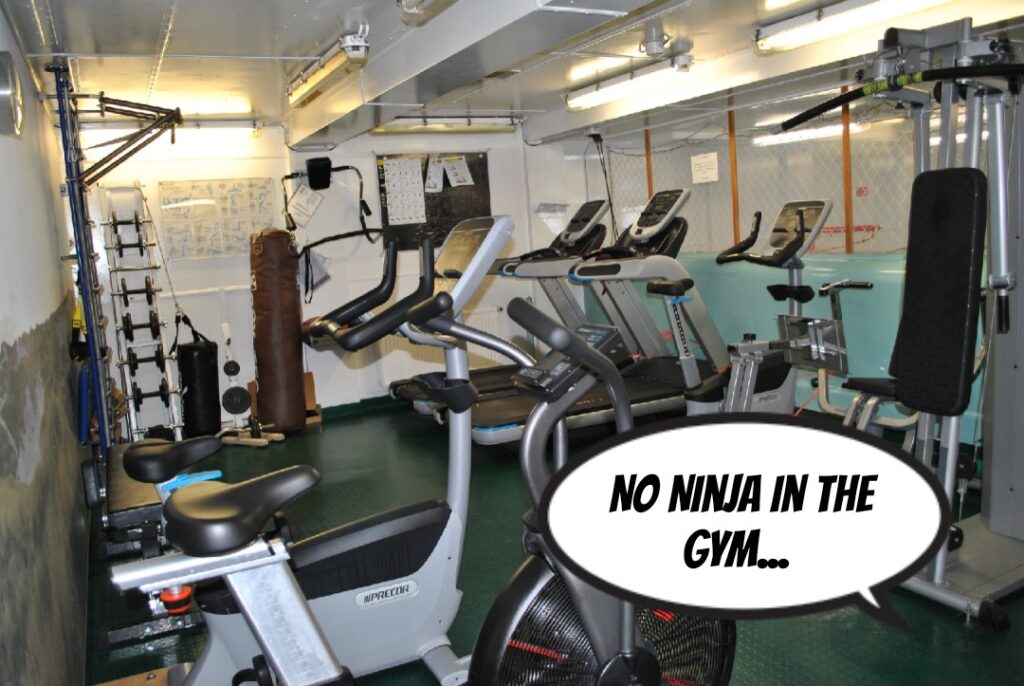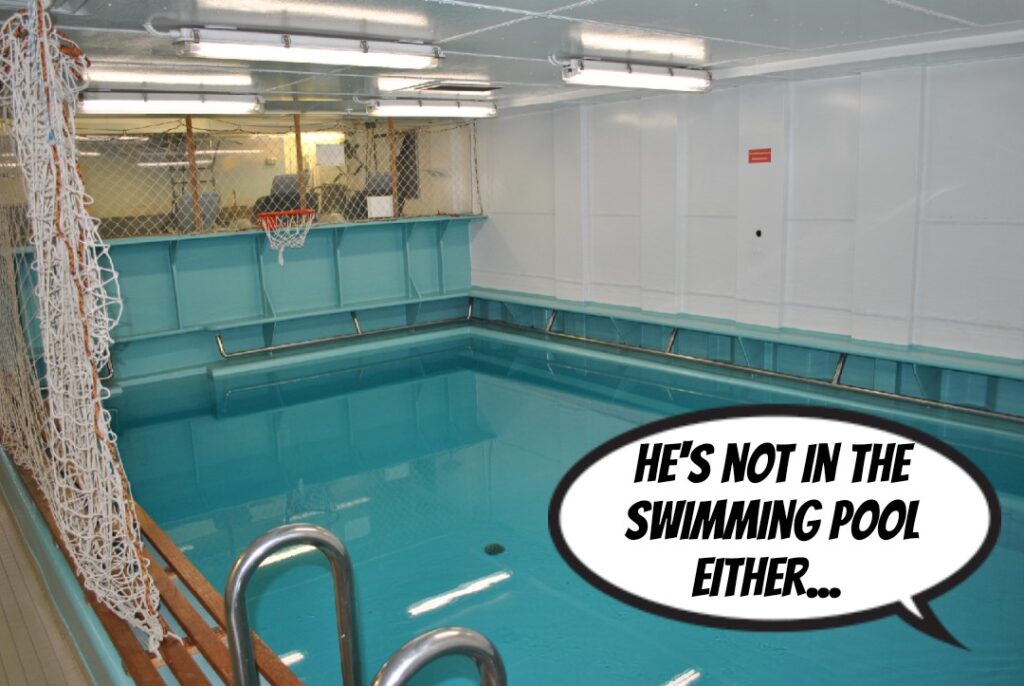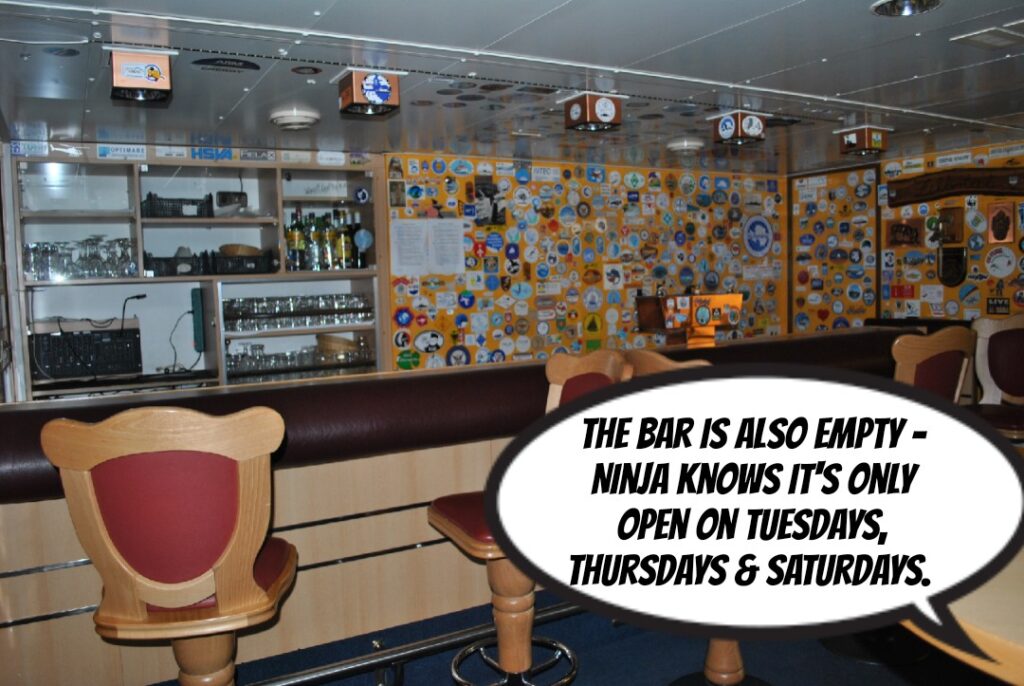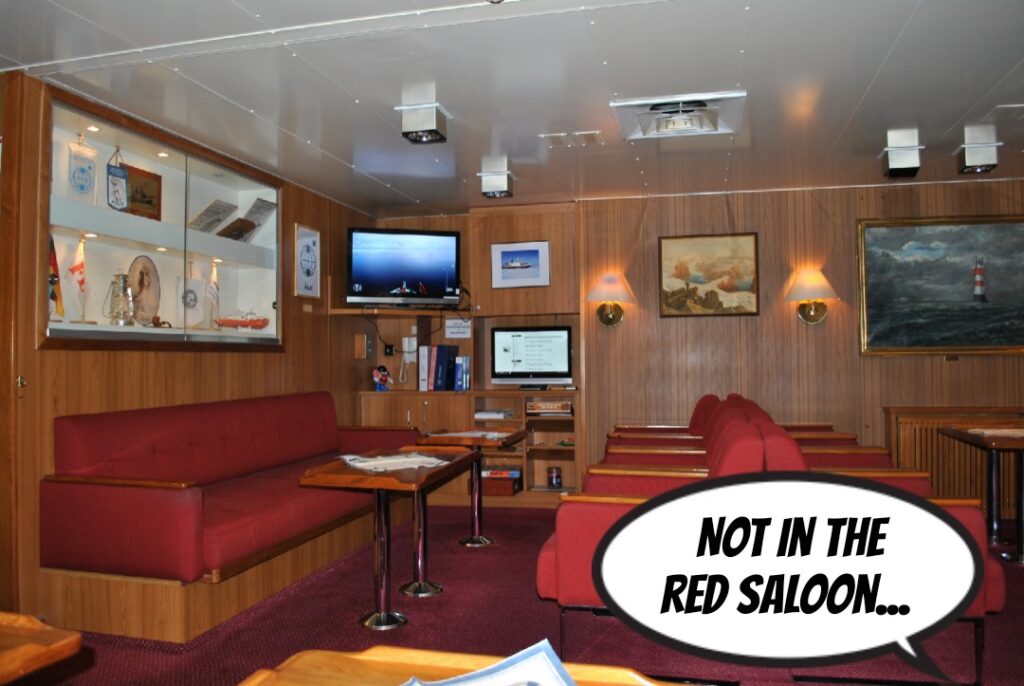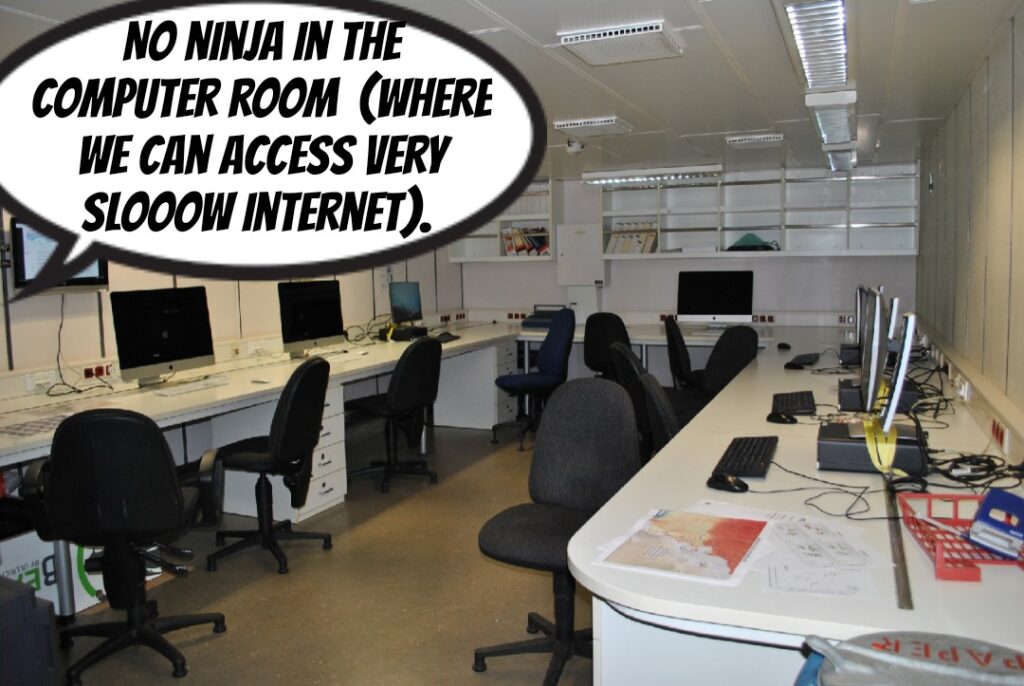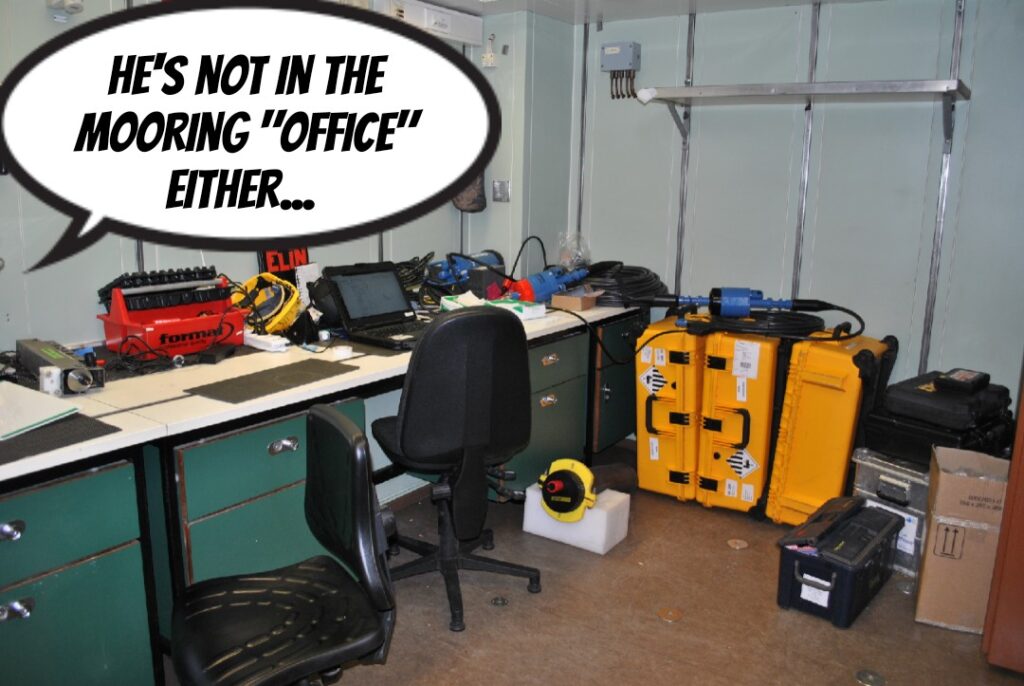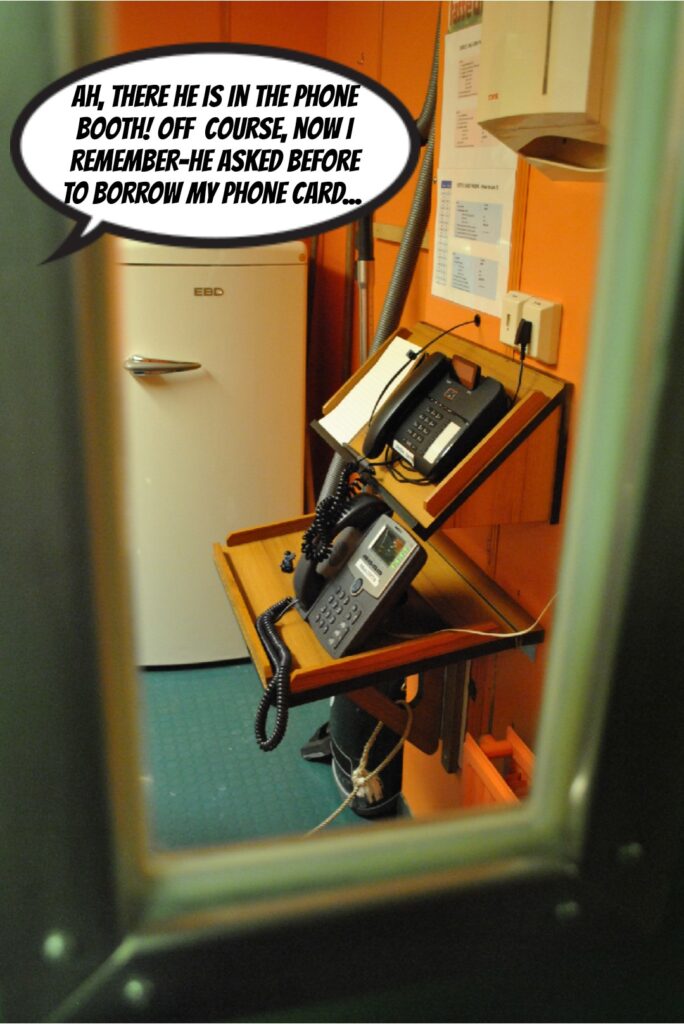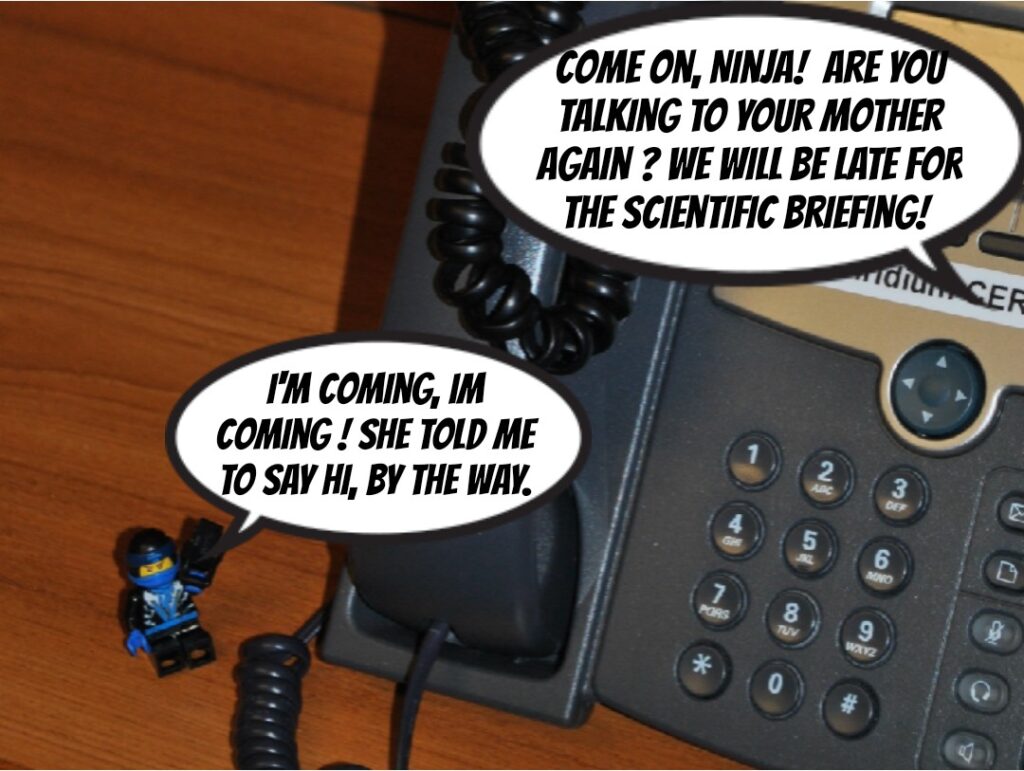… the flow of warm water into the Getz ice shelf cavity is reduced! Wonder why? Well, Ph.D. Nadine Steiger (who successfully defended her thesis yesterday! Yippie and congratulations, Dr. Nadine!) nicely explains it in a newly published paper:
Intermittent reduction in ocean heat transport into the Getz Ice Shelf cavity during strong wind events (GRL)
Here’s a short version:
1) Eastward wind will (in the southern hemisphere) cause the surface water to move southward. (Oceanographers call this the “Ekman transport”). Water will hence pile up along the coast, along the green lines in the figure below.
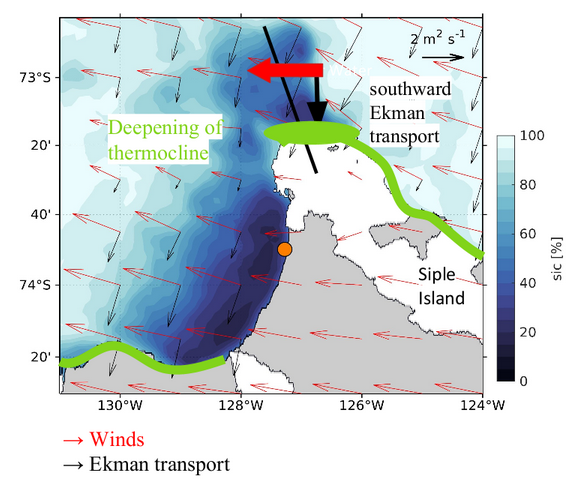
2) When surface water piles up along the coast, it will press down the warmer water below (Oceanographers call this “coastal downwelling”)
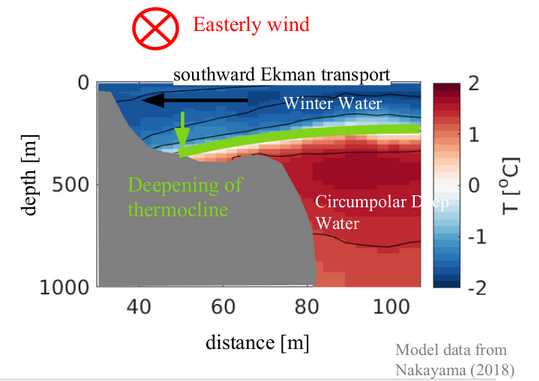
3) The disturbance (i.e. the signal with depressed warm water) will travel along the coast (Oceanographers would call this a coastally trapped, internal wave. The wave is “internal” because the signal is traveling on the interface between two water masses, not on the ocean surface) and reaches the western Getz ice front 3 days after the storm! The figure below shows the observed temperature& salinity in the vicinity of the ice front, and below you see the wind and sea ice concentration. Each time the temperature at depth drops (marked by green triangles) there has been a storm just before!
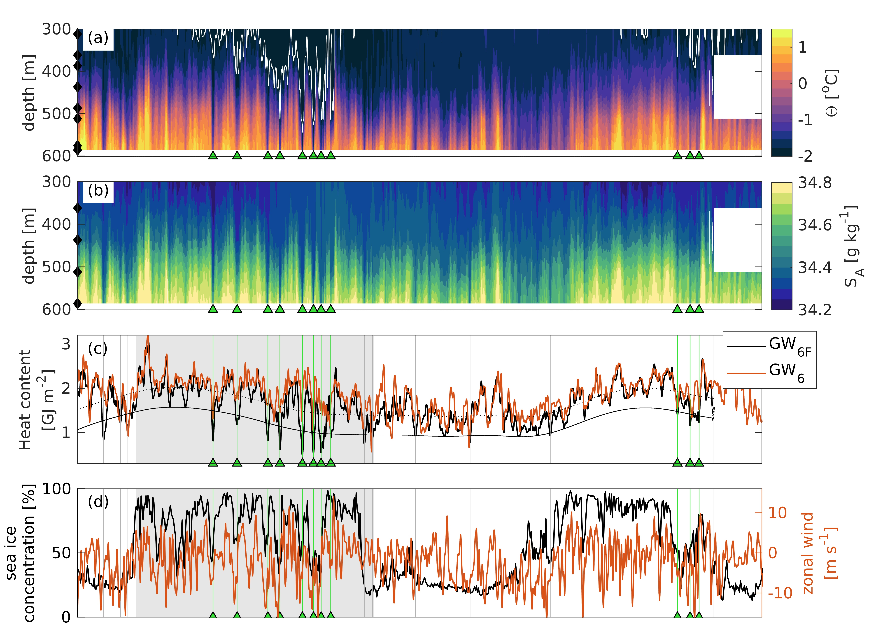
4) When the wave arrives at the ice front, two things happen. Firstly the thickness of the warm water layer is greatly reduced (see above) and, secondly, the current changes direction so that the flow at depth is aligned with the ice front rather than to enter the ice shelf cavity like it normally does.

During the winter of 2016, this happened at least eight times – causing a reduction of the heat transport into the cavity by about 25%!
Well done, Dr. Steiger!!!
